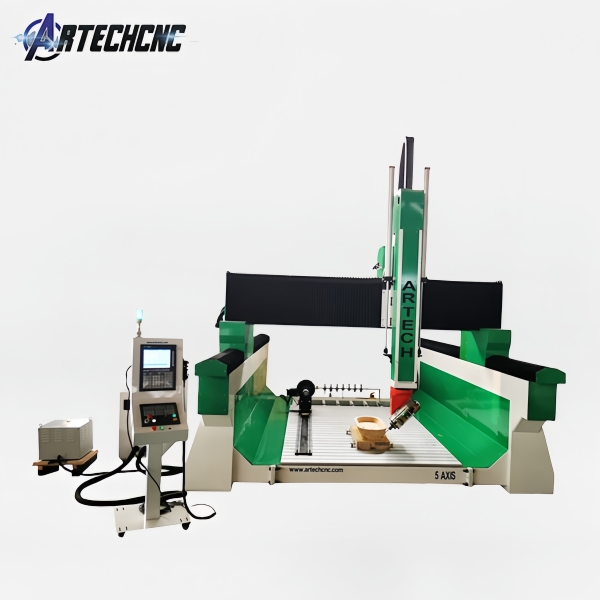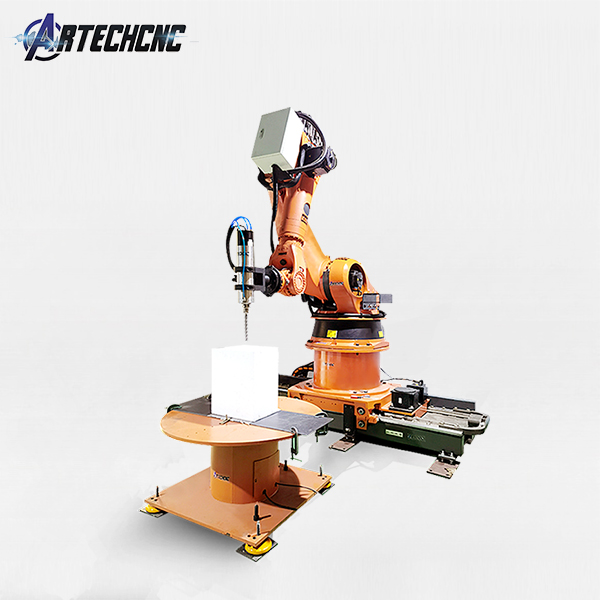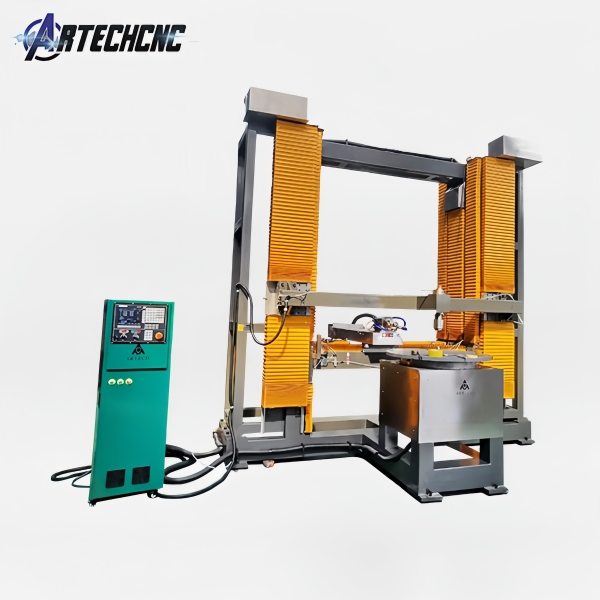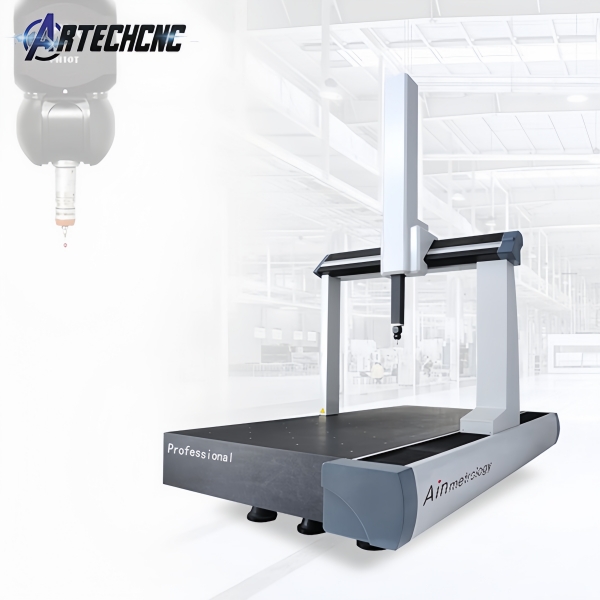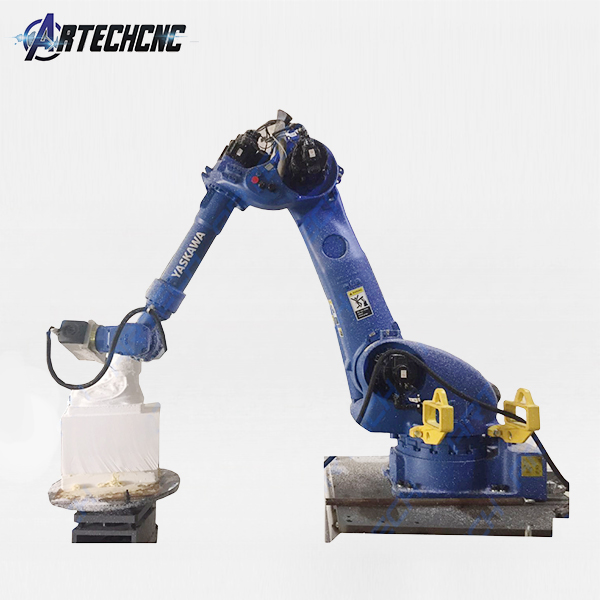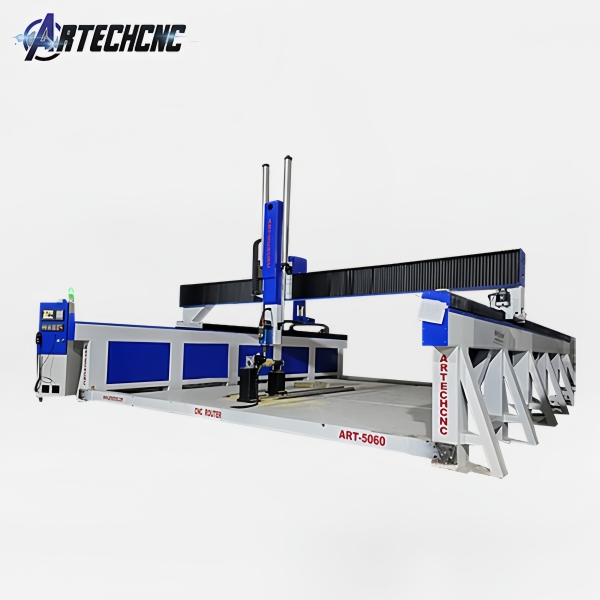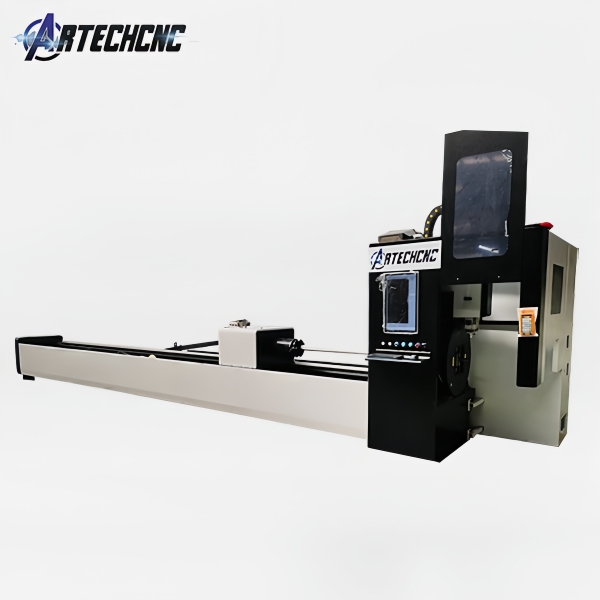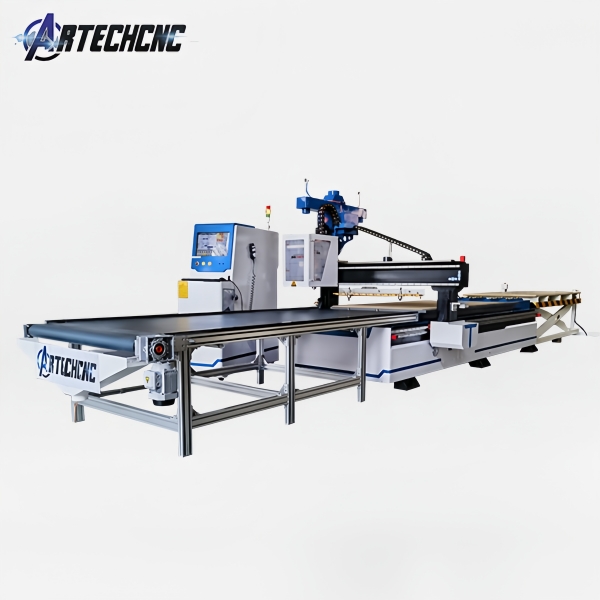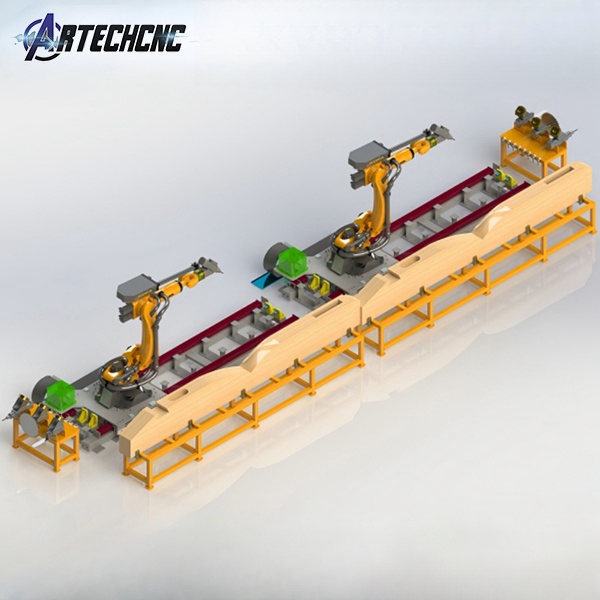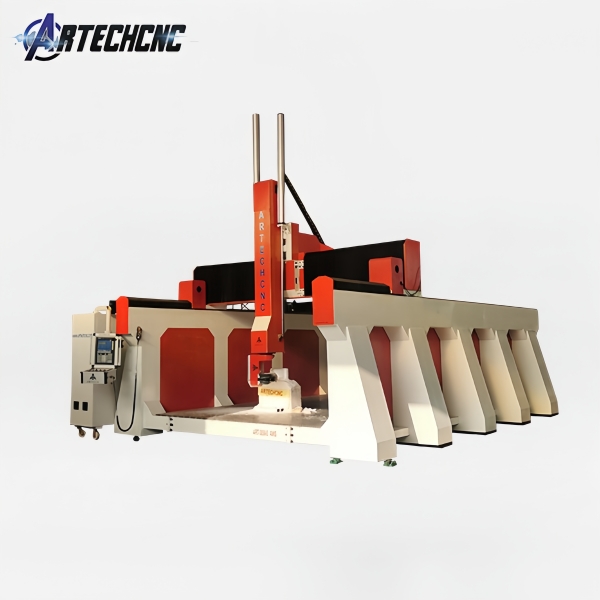Selecting the Right Motor for Used Robot Parts in Robot Milling Arm Applications
Choosing the proper motor for a robot, especially for a Robot milling arm, involves careful consideration of multiple factors to ensure optimal performance, efficiency, and longevity. This guide explores the critical aspects of motor selection, focusing on applications such as Robot milling arms, industrial automation, and precision machining.
Introduction to Motor Selection for Robot Milling Arms
Robot milling arms are widely used in manufacturing for tasks like CNC machining, engraving, and material removal. These robotic systems require high precision, torque, and speed control, making motor selection a crucial factor in their performance. Whether you're repurposing used robot parts or designing a new Robot arm, understanding motor specifications ensures cost-effectiveness and reliability.
Key Considerations for Motor Selection
1. Understanding Requirements
Type of Motion
Rotational Motion: Most Robot arms use rotational motors for spindle movement.
Linear Motion: Some advanced systems incorporate linear motors for direct-drive applications.
Load Requirements
Static Load: The Robot arm must handle the weight of the cutting tool and workpiece.
Dynamic Load: Forces during milling operations (e.g., vibration, resistance) require additional torque.
2. Torque Requirements
Static Torque
Calculated based on the Robot arm’s payload and mechanical leverage.
Dynamic Torque
Accounts for inertia during rapid movements, crucial for high-speed milling.
3. Speed and Acceleration
Speed Range
A Robot arm typically operates at variable speeds (e.g., 500–10,000 RPM).
Acceleration
High acceleration ensures smooth contouring and reduced machining time.
4. Control Systems
Positioning Accuracy
Servo motors are ideal for Robot arms due to their closed-loop feedback.
Control Method
CNC systems often use servo or stepper motors for precise path control.
5. Power Supply
Voltage & Current
Industrial Robot milling arms often require 24V, 48V, or higher DC/AC power.
Battery Life (Mobile Units)
Autonomous robotic arms may use battery-powered servo systems.
6. Motor Types for Robot Milling Arms
Servo Motors
Preferred for Robot arms due to high precision and torque control.
Stepper Motors
Used in budget-friendly or low-speed milling applications.
Geared Motors
Provide additional torque for heavy-duty milling tasks.
7. Size and Weight Constraints
A compact Robot milling arm may require lightweight, high-power-density motors.
8. Cost and Availability
Refurbished servo motors can reduce costs for used Robot milling arms.
9. Environmental Factors
Dust, coolant, and heat in machining environments demand IP-rated or ruggedized motors.
10. Prototype Testing
Validate motor performance with real-world Robot milling arm operations before full deployment.
Applications in Robotics
DC Motors
Basic Robot milling arms for educational or lightweight tasks.
Servo Motors
High-precision industrial Robot milling arms for aerospace and automotive sectors.
Stepper Motors
Low-cost CNC and desktop milling robots.
Linear Motors
Ultra-high-speed milling systems.
Geared Motors
Heavy-duty Robot milling arms for metalworking.
Conclusion
Selecting the right motor for a Robot milling arm involves balancing torque, speed, precision, and cost. Whether integrating used robot parts or designing new systems, understanding these factors ensures optimal performance in milling, engraving, and machining applications.

